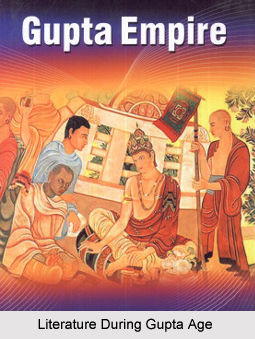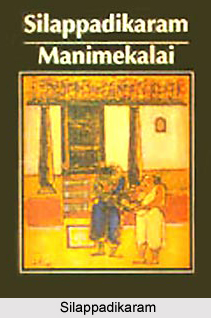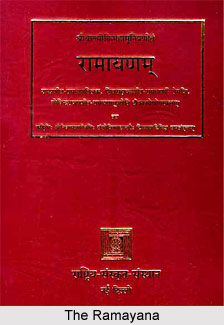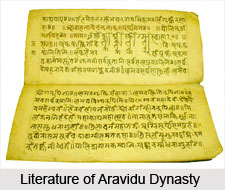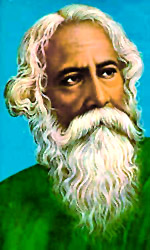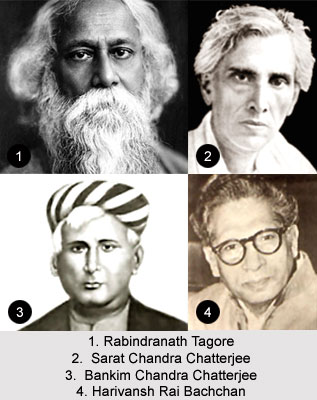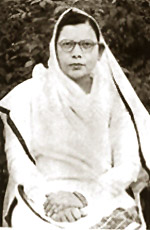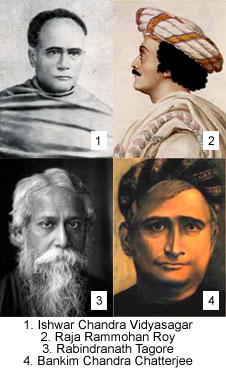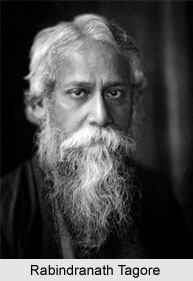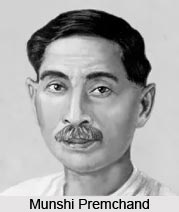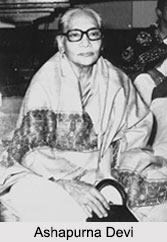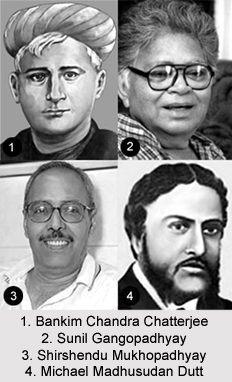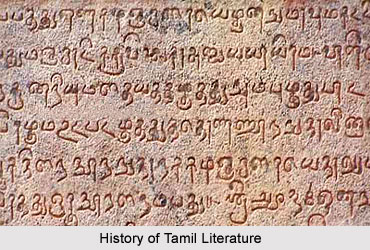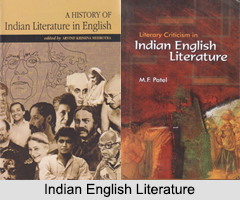Alakarkillaivitututu, alternatively known as Azhakkarkillaivithu Tutu, is considered amongst the most prominent Tamil poetic works in Tutu genre. It was composed by the Tamil poet Palapattataic Cokkanatap Pulavar during the 15th century. The poetic work of Alakarkillaivitututu depicts the emotions of the heroine of the tale who requests her parrot and uses the merits of the bird in sending a message. In this poem the parrot acts as the messenger to God. Similarly several other related narrations are provided interestingly. The poet Palapattataic Cokkanatap Pulavar has composed the verses in a versy simple yet, fascinating and beautiful manner that will captivate the minds of the readers.
Tutu, literally meaning "message" and is known as Dhuta in Sanskrit. The Tutu genre of poem is defined semantically and officially as a form in Kalivenpa that asserts to be a message of love and worship, which is sent through an escort or companion to effect reunion and resolution between lovers. The message verses of the Tutu genre were in nascent form even in the early bardic poetry, where various types of animals, birds and objects functioned as messengers of love. The messages that were sent through birds were known as the Pulvay Tutu, which means the message sent through the mouth of a bird.
In some other poems, even a crab was utilised by the heroine of the work to serve as her messenger of love. Several heroic poems as well manifested verses of this genre. In one of the poems in Puram, the poet addresses a swan and requests it to visit the place of his friend, who is a king, and introduce itself as the servant of the poet. The Sanskrit Dhuta verses probably influenced the message poems and eventually the form evolved in a developing and productive genre, narrative and erotic, with many sub-types.
The tutu form of poetry in later Tamil literature, used various animals and objects as messengers, such as peacocks, swans, cuckoos, parrots, the mina birds, clouds, a person`s own heart, the south wind (tenral), a danseuse- virali, a female companion; and also paddy, tobacco leaf and pieces of dress.
The heroine of the poetic work is generally the one who sends the message of love; although the reverse case can also be found in a number of works as well.



